Mediterranean Food: Where the Sun Meets the Spice
Welcome, spice enthusiasts and flavor seekers! Today, we're diving into one of the world's most beloved culinary traditions — Mediterranean food. It's not just about olives and olive oil (though those are glorious), it’s a vibrant mosaic of flavors, cultures, and yes… spices that stretch across three continents. So buckle up, grab your favorite dip, and let’s take a flavorful trip to the lands bordering the sparkling Mediterranean Sea.
Table of Contents
- What Countries Make Up Mediterranean Cuisine?
- The Spices That Define the Region
- 5 Flavor-Boosting Tips from the Mediterranean Pantry
- Secret Techniques Behind Those Perfectly Balanced Flavors
- From Spain to Syria: How Mediterranean Cuisines Differ
- How to Bring Mediterranean Magic to Your Kitchen
- Debunking Common Myths About Mediterranean Food
- Final Thoughts: Why Mediterranean Food Still Steals the Show
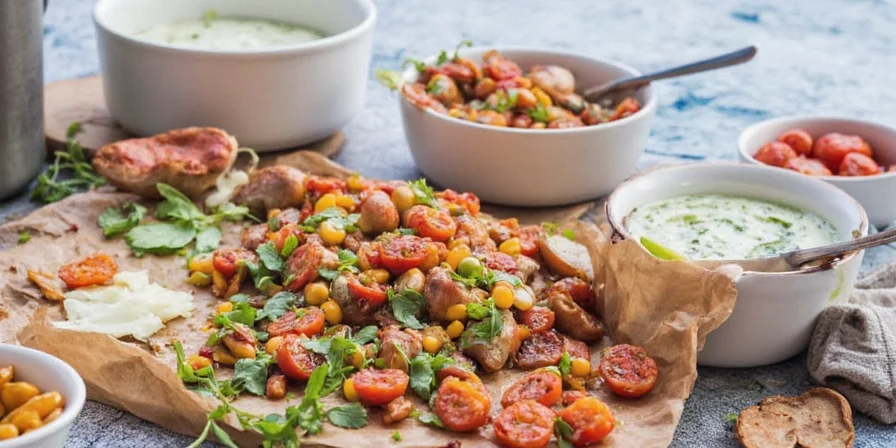
So, What Countries Are We Talking About?
You might be surprised to learn that Mediterranean cuisine isn't a single country's cooking style, but rather a collection of dishes and culinary practices from nations surrounding the Mediterranean Sea. Here's the list of the key players:
| Region | Countries |
|---|---|
| Europe | Spain, France, Italy, Greece, Portugal, Malta, Slovenia, Croatia, Bosnia and Herzegovina, Montenegro, Albania, North Macedonia |
| Africa | Egypt, Libya, Tunisia, Algeria, Morocco, Lebanon, Israel, Palestine, Syria |
| Asia | Turkey, Cyprus |
Each of these countries brings its own unique twist to the table. Think of it like a massive family reunion where everyone has their own secret recipe for moussaka or paella — except in this case, it's all delicious and none of it involves Aunt Karen’s infamous potato salad.
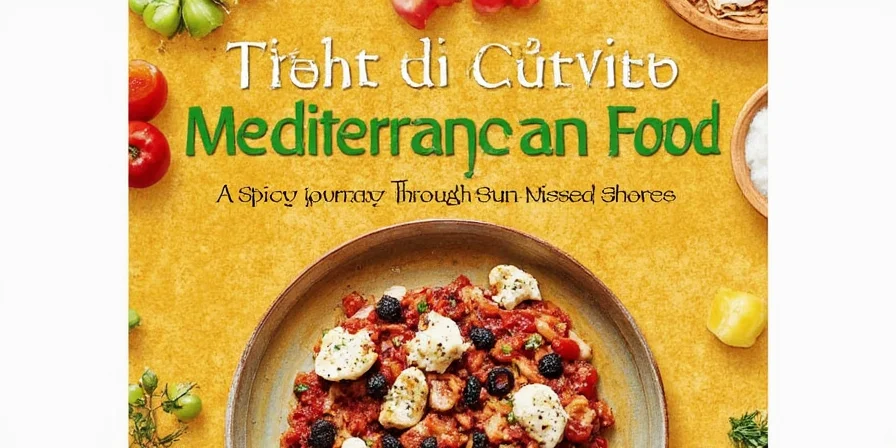
Spice Breakdown: The Stars of the Mediterranean Pantry
If you’ve ever tasted Greek oregano or Spanish smoked paprika, you know Mediterranean spices pack a punch without turning up the heat. Here’s a breakdown of some common spices used throughout the region:
- Oregano – Especially popular in Greek and Italian dishes
- Paprika – Smoked or sweet, depending on the dish (think Spanish chorizo)
- Saffron – The golden gem of paella
- Sumac – Tangy and bright, often sprinkled over salads or meats
- Cumin – Found more commonly in Eastern Mediterranean and North African dishes
- Coriander – Used both ground and as fresh cilantro in many Levantine recipes
- Nutmeg & Cloves – Subtle warmth in baked goods and stews
- Dill & Parsley – Fresh herbs galore!
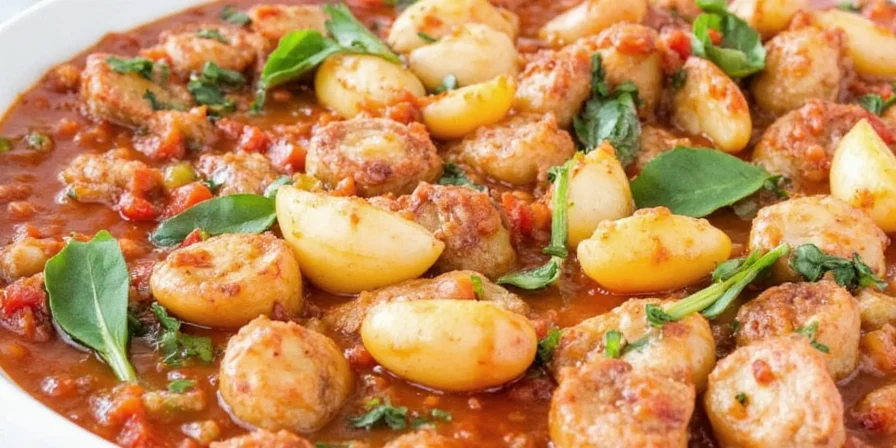
5 Flavor-Boosting Tips From the Mediterranean Pantry
- Lemon + Olive Oil = Instant Magic – This duo forms the base of countless dressings, dips, and marinades.
- Toast Your Spices – Lightly toast cumin, coriander, or fennel seeds before grinding them to unlock deeper flavors.
- Layer, Layer, Layer – Add herbs at different stages: dried ones early, fresh ones late.
- Fish Sauce? Yes, Please! – While more associated with Southeast Asia, garum (an ancient fish sauce) was born in the Med!
- Preserved Lemons – They add an umami tang that can’t be beaten in Moroccan tagines and stews.
The Secret Techniques Behind Mediterranean Cooking
Beyond the spices lies the method. Mediterranean cuisines use time-tested techniques to coax out complex flavors:
- Slow Simmering – Stews like Greek stifado or Turkish fasulye rely on long, low simmering to build richness.
- Grilling – From skewers in Turkey to octopus in Greece, fire is king.
- Pickling & Preserving – Lemon, eggplant, peppers — if it grows in the Med, someone’s pickled it.
- Stone Grinding – Ancient mortars were used to grind herbs and spices into pastes (think harissa or za’atar blends).
- Braising & Braiding – Rice and meat dishes like couscous or dolma are lovingly braided together through slow braising.
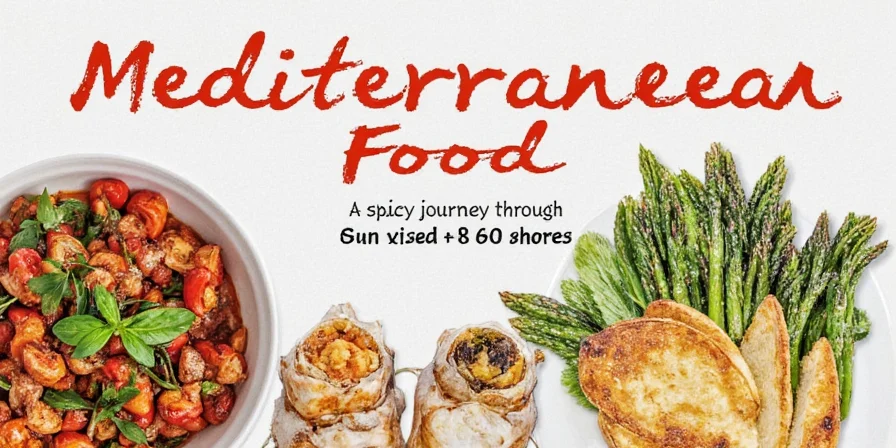
East vs West: Regional Twists Across the Med
Let’s break down how the eastern and western halves of the Mediterranean differ in spice use and overall flavor profiles:
| Region | Flavor Profile | Signature Ingredients | Popular Dishes |
|---|---|---|---|
| Western Mediterranean (Spain, France, Italy) | Mild, aromatic, herb-forward | Saffron, thyme, rosemary, basil, garlic | Paella, Bouillabaisse, Risotto ai Frutti di Mare |
| Eastern Mediterranean (Turkey, Lebanon, Syria, Egypt) | Warm, earthy, bold | Cumin, sumac, cinnamon, allspice, mint | Hummus, Shakshuka, Kibbeh, Tabbouleh |
Want to really geek out? Try making two versions of hummus — one with Egyptian-style additions (like cumin and garlic) and another with Israeli twists (sumac and parsley). You’ll taste the spice differences immediately!
Bringing Mediterranean Magic to Your Kitchen
Ready to bring that sun-drenched flavor home? Here’s how:
- Stock Up Strategically – Get a good quality olive oil, preserved lemons, and a few essential spices (oregano, sumac, paprika).
- Use Whole Spices When Possible – Grind your own cumin and coriander for fresher flavor.
- Experiment with Herb Blends – Za’atar, herbes de Provence, and ras el hanout open new doors.
- Don’t Forget Acid! – Lemon juice, vinegar, and even pomegranate molasses balance everything beautifully.
- Pair Smartly – Mediterranean food loves company. Pair lamb with apricots, tomatoes with olives, and bread with anything.
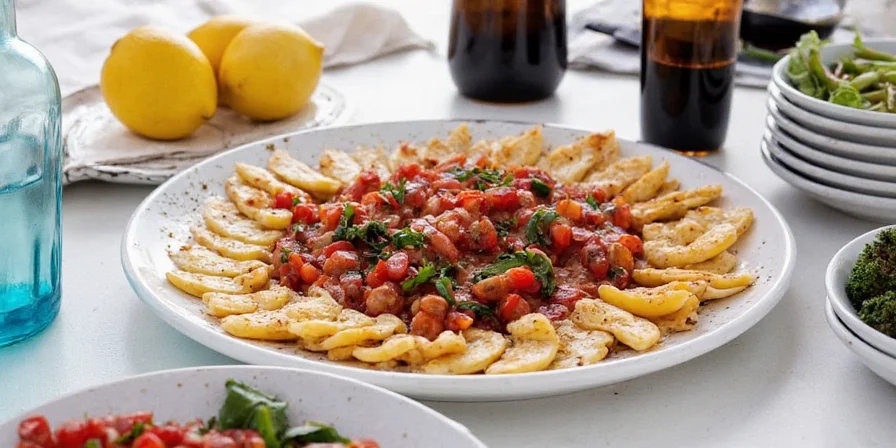
Myth-Busting Time: Let’s Clear Up Some Misconceptions
We hear it all the time: “Mediterranean food is healthy.” True. But here’s what else you should know:
- Myth: All Mediterranean food is light and low-calorie.
Reality: There are plenty of rich dishes like moussaka, baklava, and lamb shank stews that pack a punch! - Myth: It’s always easy to make.
Reality: Many traditional dishes require hours of preparation. Slow food is still very much a thing here. - Myth: Spices aren’t important because they use so many herbs.
Reality: Herbs may dominate, but spices are the hidden backbone of depth and warmth.
Conclusion: Why Mediterranean Food Still Rules the Roost
Mediterranean food is more than a trend — it’s a global love letter to the sun, the sea, and centuries of spice trade history. Whether you’re grilling squid on the coast of Santorini or mixing your own za’atar in Salt Lake City, there’s something deeply satisfying about the way this cuisine balances health, flavor, and heritage.
And while it might not come from one specific country, it comes from a shared culture of hospitality, celebration, and spice-savvy cooking. So next time you drizzle olive oil over a warm piece of pita or sprinkle sumac over your eggs, remember — you're part of a tradition that spans thousands of miles and millennia.
Now go forth and season boldly — the Mediterranean way.
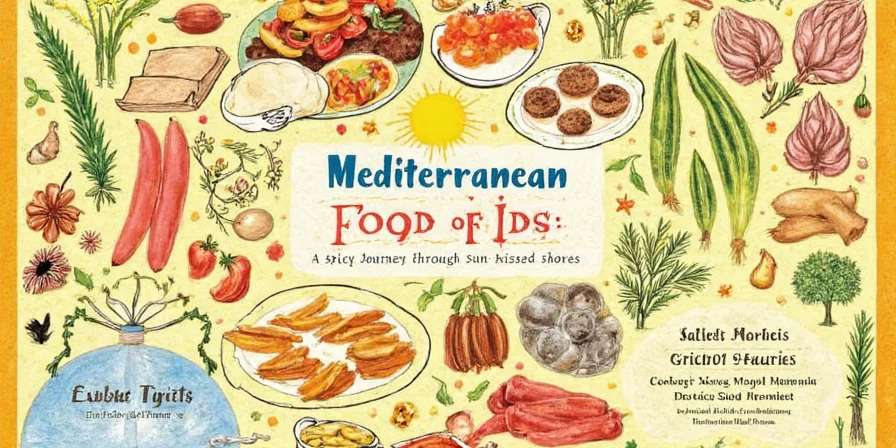

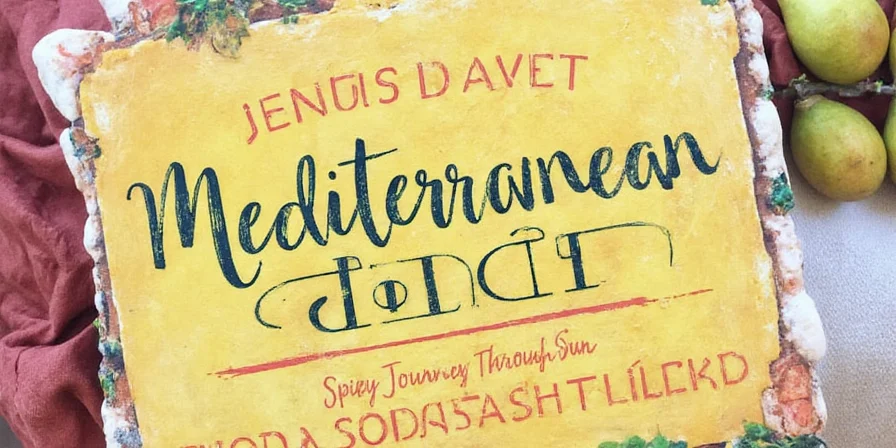









 浙公网安备
33010002000092号
浙公网安备
33010002000092号 浙B2-20120091-4
浙B2-20120091-4